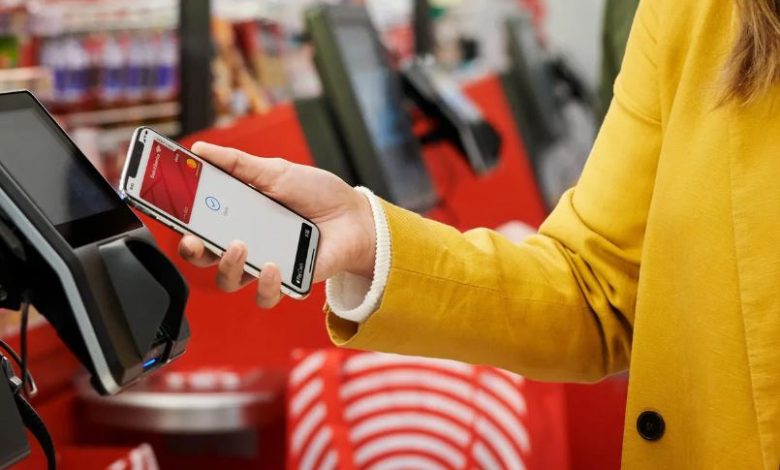Pay retail

If you’re selling something, you need to make it easy for customers to pay for it. If you don’t, there’s a good chance you’ll never close the deal.
That’s the first rule of retailing that everybody understands. The “payment experience” side of the equation has gotten murkier as of late. Today’s consumers are increasingly reluctant to use cash transactions. Contactless payments are becoming increasingly popular, and consumers use various cards, third-party payment platforms, digital wallets, and even crypto-assets to pay.
Pay retail system allows for the smooth exchange of money between buyers and sellers of products and services. Card products, checks, cash, bank transfers, and most recently, Buy-Now, and Pay-Later products are all part of the ever-evolving retail payment system.
Debit (including EFTPOS) and credit card payment items make up the most-used payment option. In contrast to simpler cash payments, the card payment system is a tangled network of technological infrastructure, procedures, and standards involving numerous mediators. Due to this trend, retailers now face substantial expenses in processing card payments.
Pay Retail Trends
Evaluate PIN on Mobile (PoM) Solutions
A novel method for receiving payments at retail establishments, PIN on Mobile (PoM) does not require using a point-of-sale device. Stores can accept payments without investing in expensive gear by converting a tablet or smartphone into a point-of-sale terminal.
At its core, a PIN on a Mobile solution consists of two parts:
Equipment for making monetary transactions for example, the COTS device could have a secure card reader attached to it to read card chips.
POS systems and payment processing software to handle payments and store customer information. The software component accommodates various electronic payment systems, such as cryptocurrency transactions and contactless payments.
Instead of installing expensive point-of-sale and payment terminals, a configuration like this can save you money. PoM also expands the possibilities for integration within the monetary transaction process. For instance, auto-enrollment in reward programmes, integration with customer analytics platforms, and hands-free up- and cross-selling.
Invest in new point-of-sale (POS) software that can process NFC mobile payments.
To compete, stores with a payment processing infrastructure must accept contactless (NFC) payments.
Tap-and-go payments are increasingly popular; according to Mastercard, 91% of consumers in the APAC area claim they regularly use them. Last year, 88.6 percent of all card payments were made in the United Kingdom using contactless technology.
From its 2019 valuation of $1.05 trillion, the global contactless payment market is expected to quadruple by 2027 to $4.60 trillion in transaction value.
The growing popularity of contactless payment methods has also unleashed a tide of new mobile payments enabled by digital wallets. We can make contactless payments with a terminal that supports the Near Field Communication (NFC) standard by using a modern retail solution that takes advantage of our phone’s NFC capabilities.
Mobile payments
To accept payments through digital wallets, merchants must update their software components rather than put money into brand-new hardware.
Mobile payments are used by more than 850 million people in China. Comparatively, AliPay has over 54% of the market. Currently, some businesses require a separate device to handle AliPay transactions. You may also incorporate this capability into POS systems.
You may also want to think about adding features to your POS system, such as:
- PayPal
- Klarna (or similar point of sale finance application)
- Cash Transactions with Cryptocurrencies
- Make a purchase using a QR code
In this way, customers have additional options for how to make their purchases, which is always a good thing. Thus, consumers will be more likely to choose your business over competitors.
Get Ready for Contactless Smart Cards
The payment industry is moving toward a unified payment experience, where a single ID-based contactless act as a payment method, transportation card, access key, and more, as I described in the first part of this series on digital payments.
Consumers want more digital options, such as digital receipts, online membership program subscriptions, and integrated loyalty status. All of these things provide shops with a great chance to expand their database of client information. Then, communicate effectively with customers at all points throughout their buying cycle.
It’s up to the discretion of the store, although some don’t even bother issuing loyalty cards together. They can instead link a customer’s membership and purchase history to their payment method at the checkout by leveraging the customer’s current digital IDs and an ID-based solution.
Adopt a wholly unattended model.
It is comparable to that provided by Amazon Go in the United States, BingoBox in China, and Instant Systems in Sweden.
Multiple cameras, Internet of Things (IoT) sensors, face recognition technology, and weight monitoring shelves power unattended shop technology and intelligent self-service kiosk systems. Artificial intelligence systems track customers’ movements, identify the items they pick up, and start the checkout process when the customer is ready to depart.
The current state of unattended retail systems is unreliable yet in its infancy. But there are some obstacles to be worked over.





